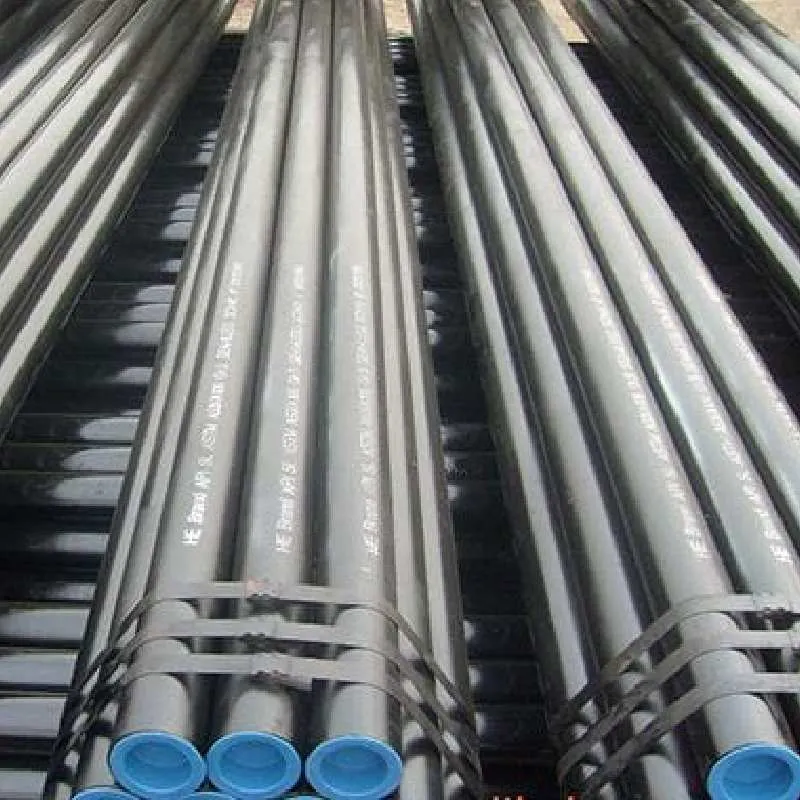-
Cangzhou Yulong Steel Co., Ltd.
-
Phone:
+86 13303177267 -
Email:
admin@ylsteelfittings.com
- English
- Arabic
- Italian
- Spanish
- Portuguese
- German
- kazakh
- Persian
- Greek
- French
- Russian
- Polish
- Thai
- Indonesian
- Vietnamese
- Zulu
- Korean
- Uzbek
- Hindi
- Serbian
- Malay
- Ukrainian
- Gujarati
- Haitian Creole
- hausa
- hawaiian
- Hebrew
- Miao
- Hungarian
- Icelandic
- igbo
- irish
- Japanese
- Javanese
- Kannada
- Khmer
- Rwandese
- Afrikaans
- Albanian
- Amharic
- Armenian
- Azerbaijani
- Basque
- Belarusian
- Bengali
- Bosnian
- Bulgarian
- Catalan
- Cebuano
- China
- China (Taiwan)
- Corsican
- Croatian
- Czech
- Danish
- Esperanto
- Estonian
- Finnish
- Frisian
- Galician
- Georgian
- Kurdish
- Kyrgyz
- Lao
- Latin
- Latvian
- Lithuanian
- Luxembourgish
- Macedonian
- Malgashi
- Malayalam
- Maltese
- Maori
- Marathi
- Mongolian
- Myanmar
- Nepali
- Norwegian
- Norwegian
- Occitan
- Pashto
- Dutch
- Punjabi
- Romanian
- Samoan
- Scottish Gaelic
- Sesotho
- Shona
- Sindhi
- Sinhala
- Slovak
- Slovenian
- Somali
- Sundanese
- Swahili
- Swedish
- Tagalog
- Tajik
- Tamil
- Tatar
- Telugu
- Turkish
- Turkmen
- Urdu
- Uighur
- Welsh
- Bantu
- Yiddish
- Yoruba

Oct . 21, 2024 10:49 Back to list
Understanding ASTM A106 Grade B Specifications for Seamless Carbon Steel Pipes
Understanding ASTM A106 Grade B A Comprehensive Guide
When it comes to carbon steel pipes, ASTM A106 Grade B is one of the most widely used specifications in various industries. This grade of steel is primarily employed in high-temperature service applications and is essential in sectors such as oil and gas, power generation, and chemical processing. To grasp the significance of ASTM A106 Grade B, it is crucial to explore its properties, applications, and the standards it adheres to.
What is ASTM A106?
ASTM A106 is a standard specification developed by the American Society for Testing and Materials (ASTM) that covers seamless carbon steel pipes for high-temperature service. The specification is categorized into three grades, namely A, B, and C, with Grade B being the most commonly utilized due to its balance of strength and ductility. This grade is manufactured primarily from killed steel and is forged or cast to meet specific structural requirements.
Mechanical Properties
The properties of ASTM A106 Grade B are what set it apart as a robust option for high-temperature applications. The material is designed for mechanical strength, which is reflected in its minimum yield strength of 240 MPa (35,000 psi) and a tensile strength ranging between 415 MPa to 550 MPa (60,000 to 80,000 psi). These properties make it suitable for handling high-pressure conditions and thermal fluctuations, ensuring reliability and safety in demanding environments.
In addition to its mechanical strength, ASTM A106 Grade B exhibits excellent weldability. It can be readily welded by conventional methods without the need for pre-heating, allowing for efficient construction and maintenance in various industry settings.
astm a106grb

Chemical Composition
The chemical composition of ASTM A106 Grade B also plays a significant role in its performance. The steel comprises primarily iron with a carbon content of about 0.25% to 0.29%, along with small amounts of manganese, phosphorus, and sulfur. This composition enhances its strength while maintaining the ductility necessary for piping applications. The careful control of these elements is crucial to ensure the pipe's integrity, especially in conditions where extreme temperatures and pressures are prevalent.
Applications of ASTM A106 Grade B
Due to its high strength and adaptability, ASTM A106 Grade B is widely utilized in several applications across various industries. One of the primary uses is in the oil and gas sector, where it serves as piping for transporting oil, gas, and other fluids at high temperatures and pressures. Additionally, it finds applications in power plants, refineries, and chemical processing facilities where robust and reliable piping is critical.
The material's resistance to stress and strain also makes it an ideal choice for manufacturing boiler tubes and heat exchanger tubes. Operational efficiency and safety in these applications are paramount, and ASTM A106 Grade B delivers the performance required to meet these industry standards.
Conclusion
In conclusion, ASTM A106 Grade B is a versatile and robust specification that plays a vital role in various industrial applications. Its mechanical properties, chemical composition, and excellent weldability make it a popular choice for high-temperature and high-pressure environments. As industries continue to evolve, the demand for reliable materials like ASTM A106 Grade B will undoubtedly remain strong, ensuring safety and efficiency in operations where it is applied. Whether it's in the oil and gas industry or power generation, A106 Grade B stands as a testament to the enduring quality and performance of carbon steel pipes.
Latest news
-
ANSI 150P SS304 SO FLANGE
NewsFeb.14,2025
-
ASTM A333GR6 STEEL PIPE
NewsJan.20,2025
-
ANSI B16.5 WELDING NECK FLANGE
NewsJan.15,2026
-
ANSI B16.5 SLIP-ON FLANGE
NewsApr.19,2024
-
SABS 1123 FLANGE
NewsJan.15,2025
-
DIN86044 PLATE FLANGE
NewsApr.19,2024
-
DIN2527 BLIND FLANGE
NewsApr.12,2024
-
JIS B2311 Butt-Welding Fittings LR/SR 45°/90° /180°Seamless/Weld
NewsApr.23,2024











